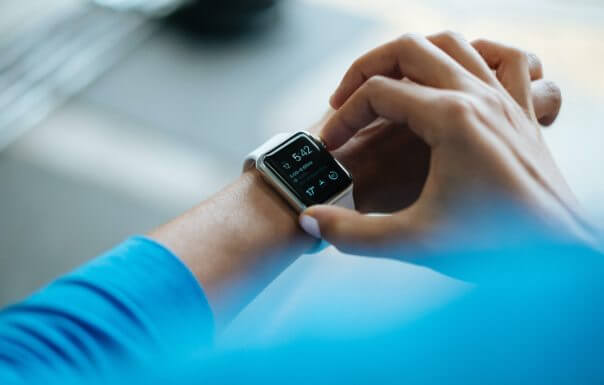Certain implanted cardiac devices, like pacemakers, could be affected by wearable fitness and wellness trackers, a new study has revealed.
Pacemakers, implantable cardioverter defibrillators (ICDs), and cardiac resynchronisation therapy (CRT) devices are examples of cardiac implantable electronic devices (CIEDs), which may be negatively impacted by devices like smartwatches, smart rings, and smart scales used to monitor fitness-related activities, according to the study published in the Heart Rhythm journal.
The proper operation of various implanted cardiac devices from three top manufacturers was shown to be hampered by the electrical current employed in wearable smart devices during “bioimpedance sensing,” researchers found.
With the aid of bioimpedance sensing technology, it is possible to measure a person’s body composition, including their degree of body fat, muscle mass, level of stress, and rate of respiration.
Wearable fitness trackers can use this technology to record health-related measures including the number of steps taken or the distance traveled, heart rate, blood pressure, daily caloric expenditure, and sleep patterns.
“Bioimpedance sensing generated an electrical interference that exceeded Food and Drug Administration-accepted guidelines and interfered with proper CIED functioning,” said the lead researcher, Dr Benjamin Sanchez Terrones, of the University of Utah.
He said that the findings did not indicate any immediate or obvious hazards to patients using trackers. The various electrical current levels that the wearable devices output could cause pacing disruptions or unwanted heart shocks. However, in order to assess the true level of risk, more study was required, Sanchez added.
“Our findings call for future clinical studies examining patients with CIEDs and wearables,” he noted.
This is the first study to look at devices that use bioimpedance sensing technology and its potential interference with CIEDs. In recent years, the case of how common electrical appliances, such cellphones, interact with CIEDs had been studied.
“Our research is the first to study devices that employ bioimpedance-sensing technology as well as discover potential interference problems with CIEDs such as CRT devices.
“We need to test across a broader cohort of devices and in patients with these devices. Collaborative investigation between researchers and industry would be helpful for keeping patients safe,” Sanchez explained.
The majority of implantable cardiac devices warn patients of the possibility of magnetic field interaction with various electronics. Patients are cautioned, for instance, against carrying a cellphone in a breast pocket close to a pacemaker.
“As more people wear smartwatches and other devices with body-monitoring technology, it is important to understand any potential interference they may cause with lifesaving medical devices like ICDs and pacemakers,” James Leiper, an associate medical director at the British Heart Foundation said.
“This study is a first step in this process. However, more research needs to be done in this area to understand any effects in patients.”
